Over a year ago, the Trump administration reallocated funds within the budget of the Department of Homeland Security (DHS) for President Donald Trump's border wall project. $20 million of the border security budget went to pay contractors to build a total of 16 border wall prototypes: two duplicate sets of four concrete and four steel designs.
Soon all 16 will be gone.
Eight of the prototypes went up in an undisclosed location to be tested by DHS to determine which wall type worked best. All eight failed in testing, taking so much damage that at least one was deemed a serious safety hazard.
The other eight identical prototypes went up near San Diego at the Otay Mesa border area. These eight served as backdrops for photo-ops by both President Donald Trump and Vice President Mike Pence.
The Trump administration justified the expense of the duplicate set of prototypes—built only for public display and not testing—through a commitment of incorporation into the final wall design or in structures built near that wall. But DHS released a statement rescinding that commitment.
Demolition equipment moved onto the site of the border wall prototypes and began tearing them down Wednesday.
According to the DHS statement:
"Constructing a single design of secondary wall is more practical and effective than attempting to connect the eight prototypes to each other and the new wall due to different wall designs and foundations."
They added:
"Removing the prototypes would be less expensive than integrating the prototypes into the new Secondary Border Wall. The long-term maintenance for multiple unique walls is a greater cost to taxpayers."
The demolition marks the latest misstep in a project that nearly 60 percent of voters deemed unnecessary and "not a good use of tax dollars." The one Republican member of the House that represents a border district, Texan Will Hurd, referred to Trump's border wall as the "most expensive" and "least effective" form of border security.
The prototypes—each costing between $300,000 and $500,000—varied based on the contractors own design. As with all government contracts, specific guidelines to be followed were included.
Each prototype was required to "withstand at least an hour of punishment from a sledgehammer, pickaxe, torch, chisel or battery-operated tools and to prevent use of climbing aids such as grappling hooks" and in an unusual twist be "aesthetically pleasing." Despite every prototype failing to meet those parameters in testing, the contractors all received their payments.
Border Patrol spokesman Ross Wilkin noted the unorthodox appeal to private industry for guidance on building barriers taught the agency some valuable lessons—in what not to do. Six of the eight prototypes would have required extensive revisions just to provide drainage.
Wilkin added:
"They were tested and evaluated. They’re not required anymore. It’s time for them to go."
DHS reverted to their own existing barrier design, the slatted fence that they employed for years that President Trump disparaged during his 2016 campaign as just a fence.
Reactions to the demolition of the last remaining portions of the $20 million project failed to see Wilkin's silver lining.
While Wilkin's and DHS tried to justify the loss of $20 million to their border security budget—in what many view as a failed experiment—as a chance to see what does not work, others called it simply a waste of money. The experiment's cost would cover 15 percent of the $131 million fence that is replacing it.
Some also chided the GOP on what they deem wasteful.
While the full project cost an estimated $20 million, the eight sample barriers in Otay Mesa still cost a considerable amount to only serve as photo backdrops.
As with the initial reports of the unusual contracts awarded in September 2017 which had the federal government footing the bill for untested prototypes and the testing of them—things generally covered by the bidder on government contracts for new designs like military equipment—people asked who profited. While others offered alternate uses for the destroyed barriers.
President Donald Trump, who praised the superiority of his prototypes several times and DHS Secretary Nielsen have yet to comment on the destruction of the final remnants of their $20 million project.





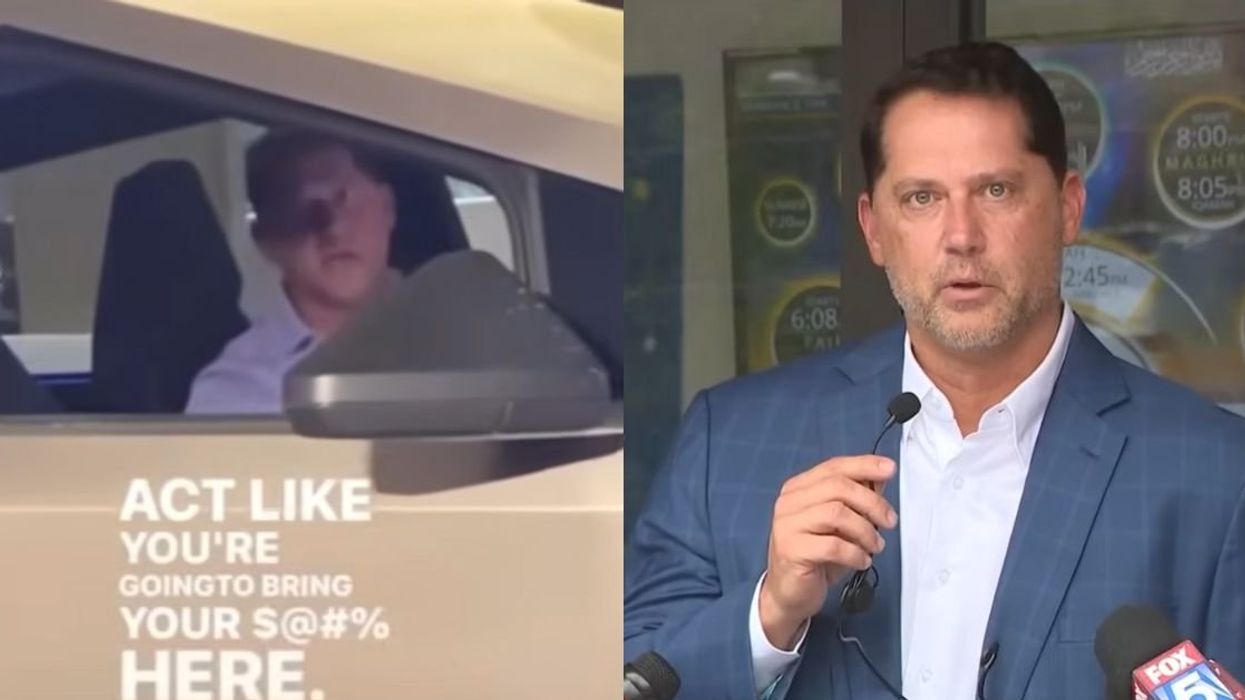

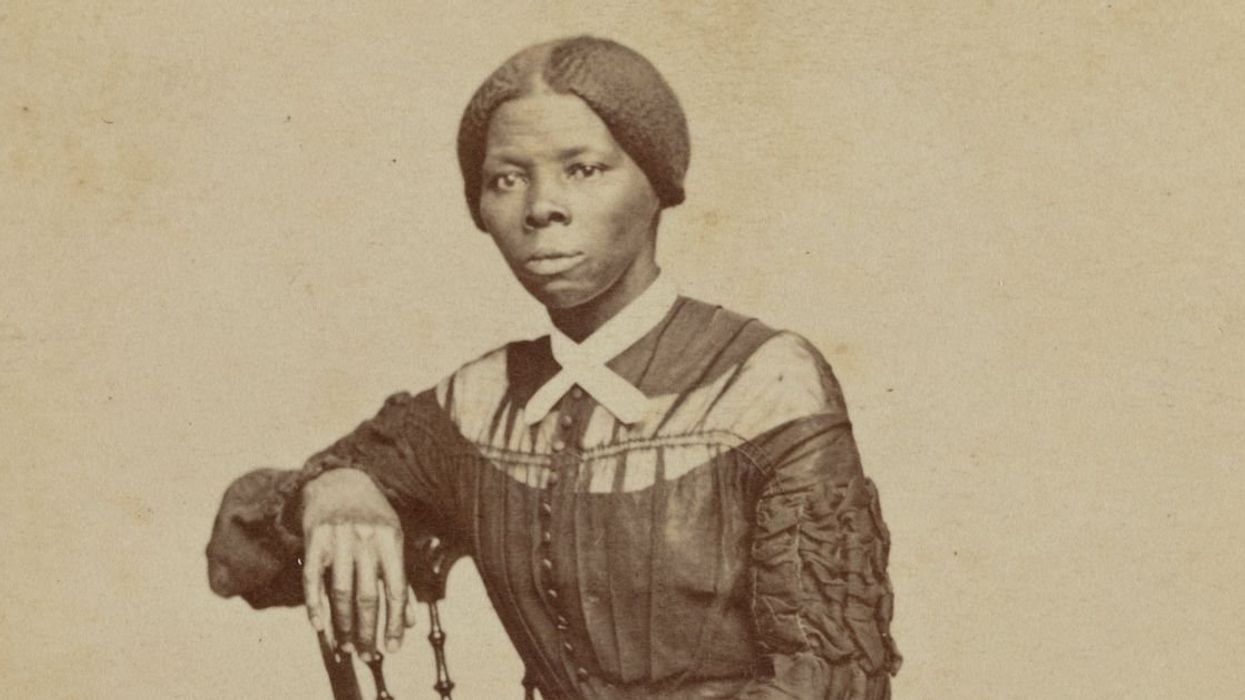
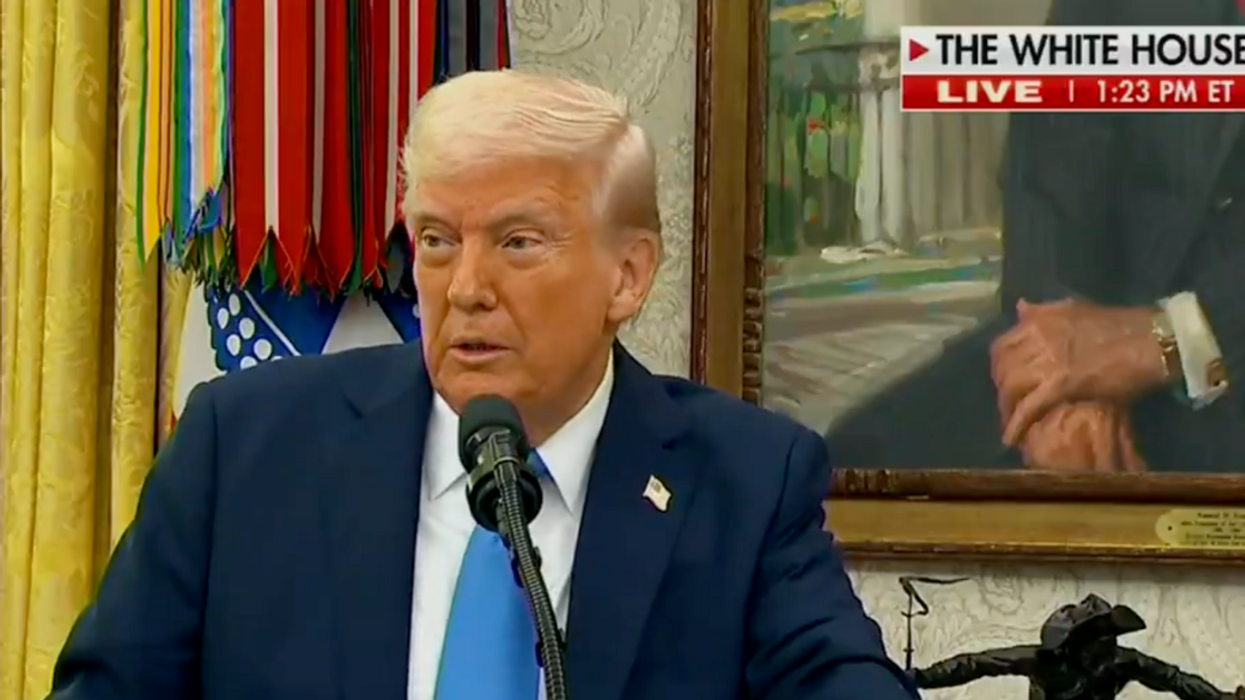

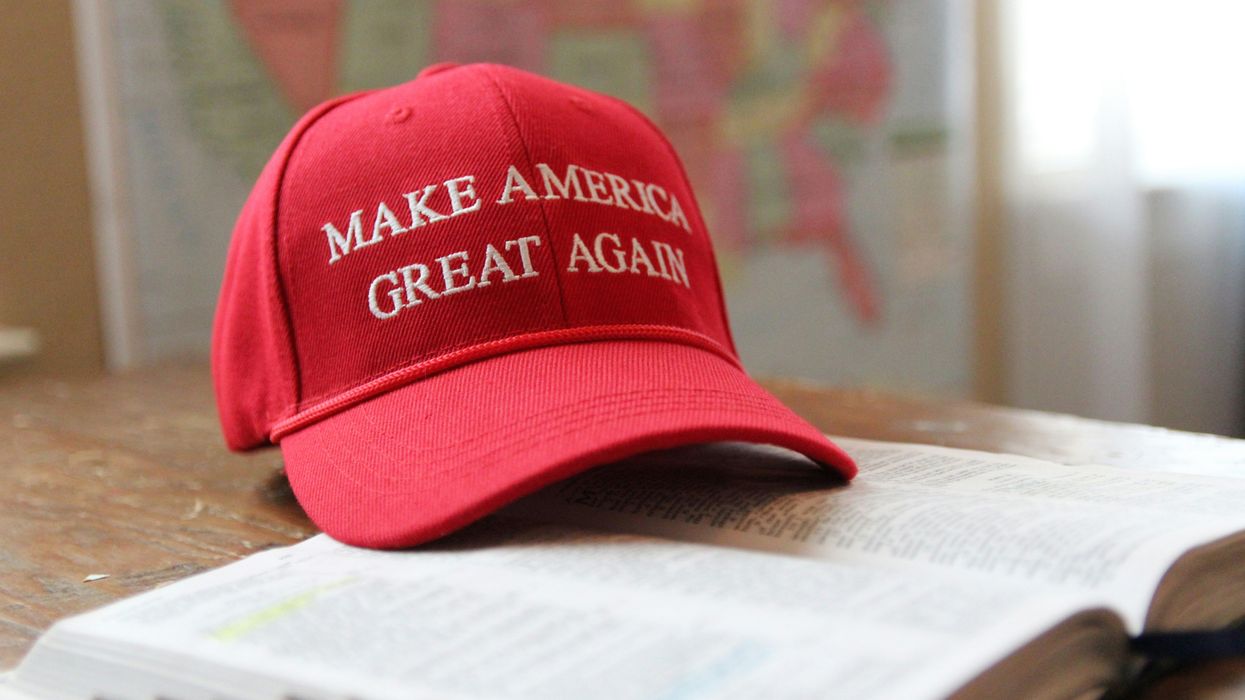



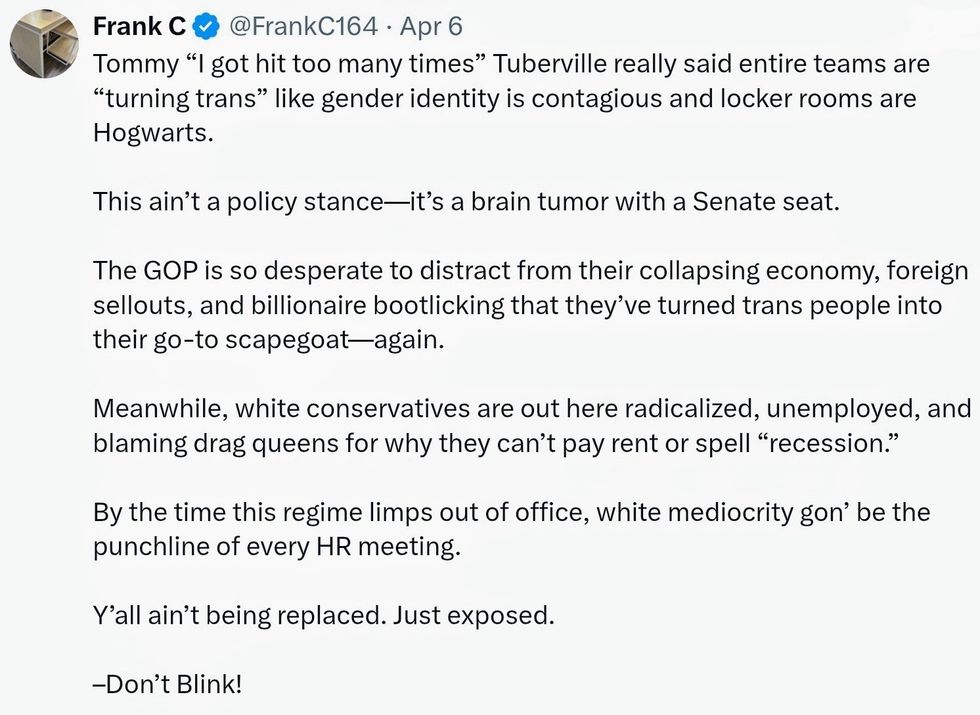 @FrankC164/X
@FrankC164/X
 AMC
AMC
